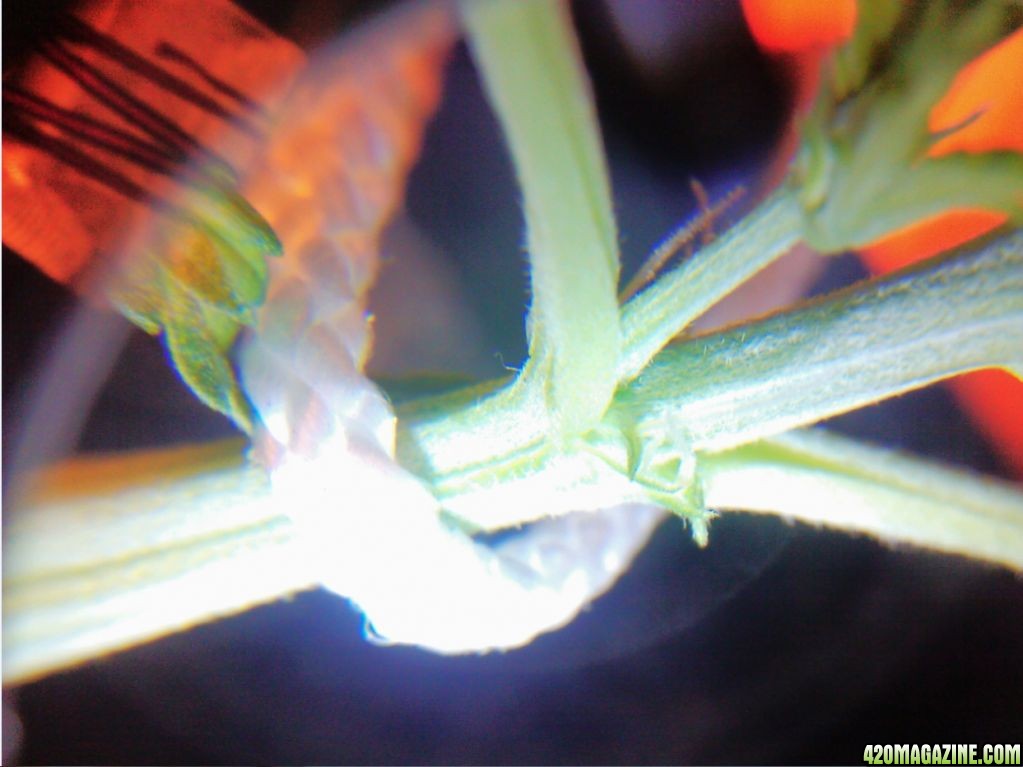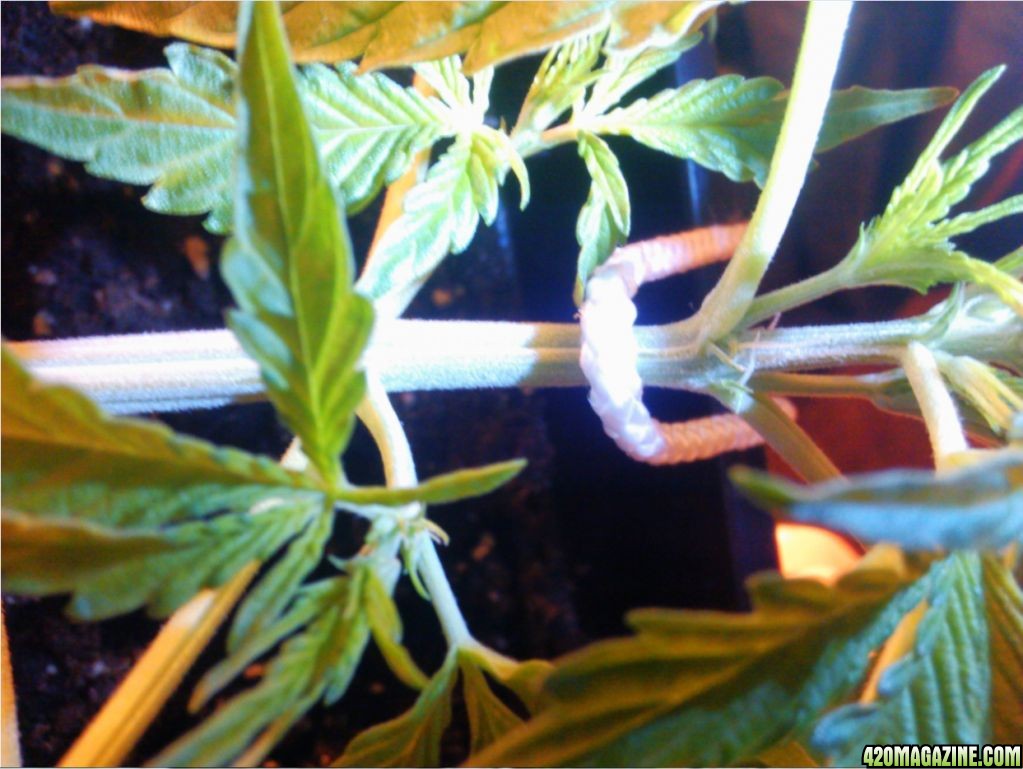The General
New Member
I have read about GLR for years now, and I finally decided to give it a try. Wow! I was shocked how well it works for veg. I'm sold, I will continue to use this lighting schedule. Plus, when I put them into flower they start flowering much quicker.










